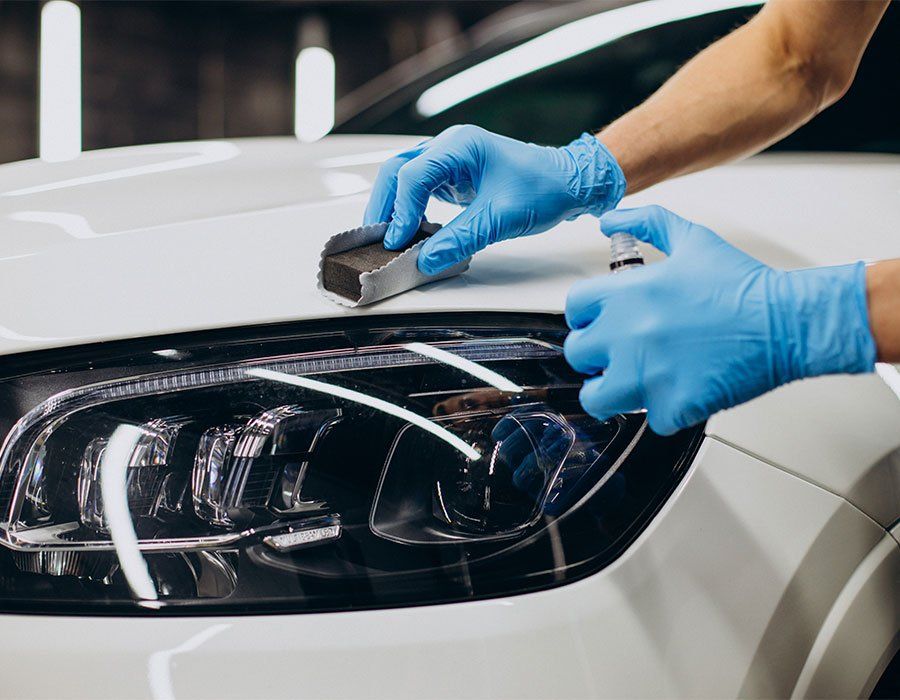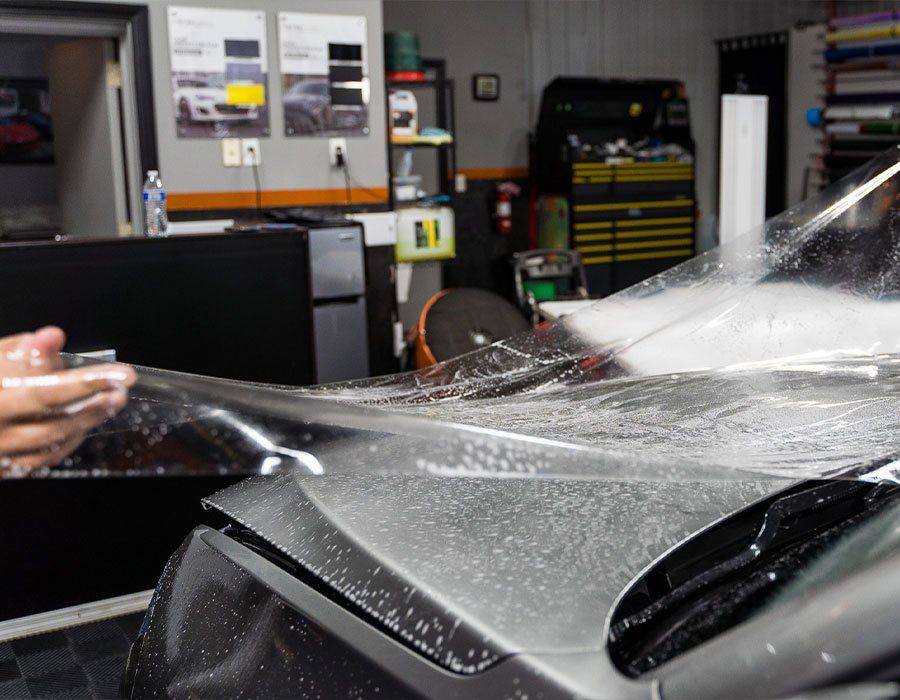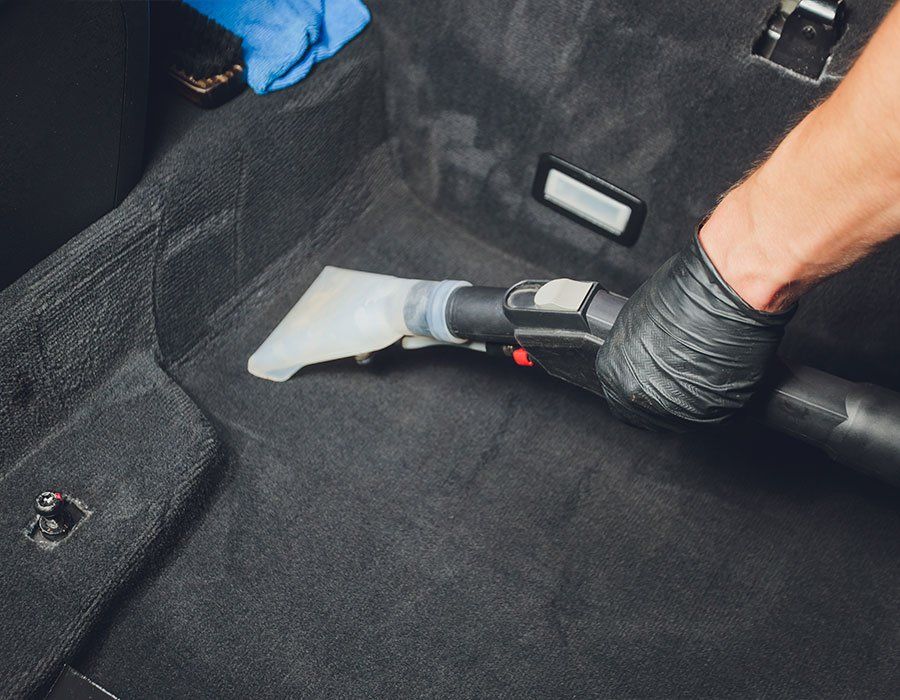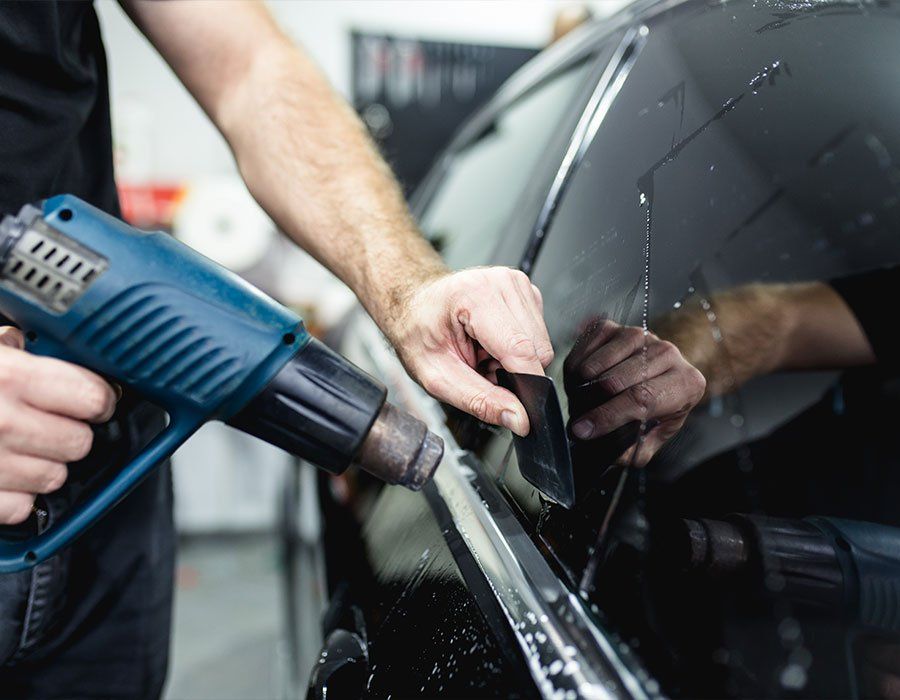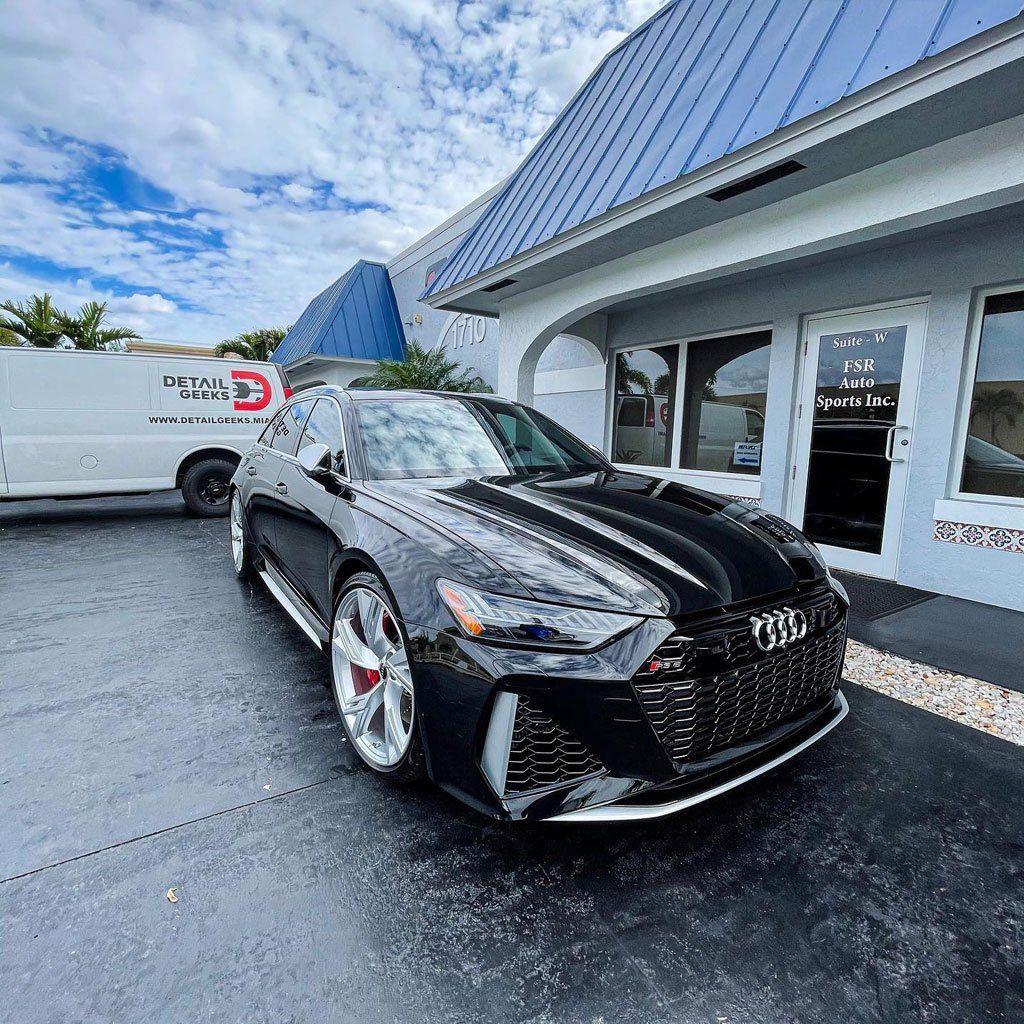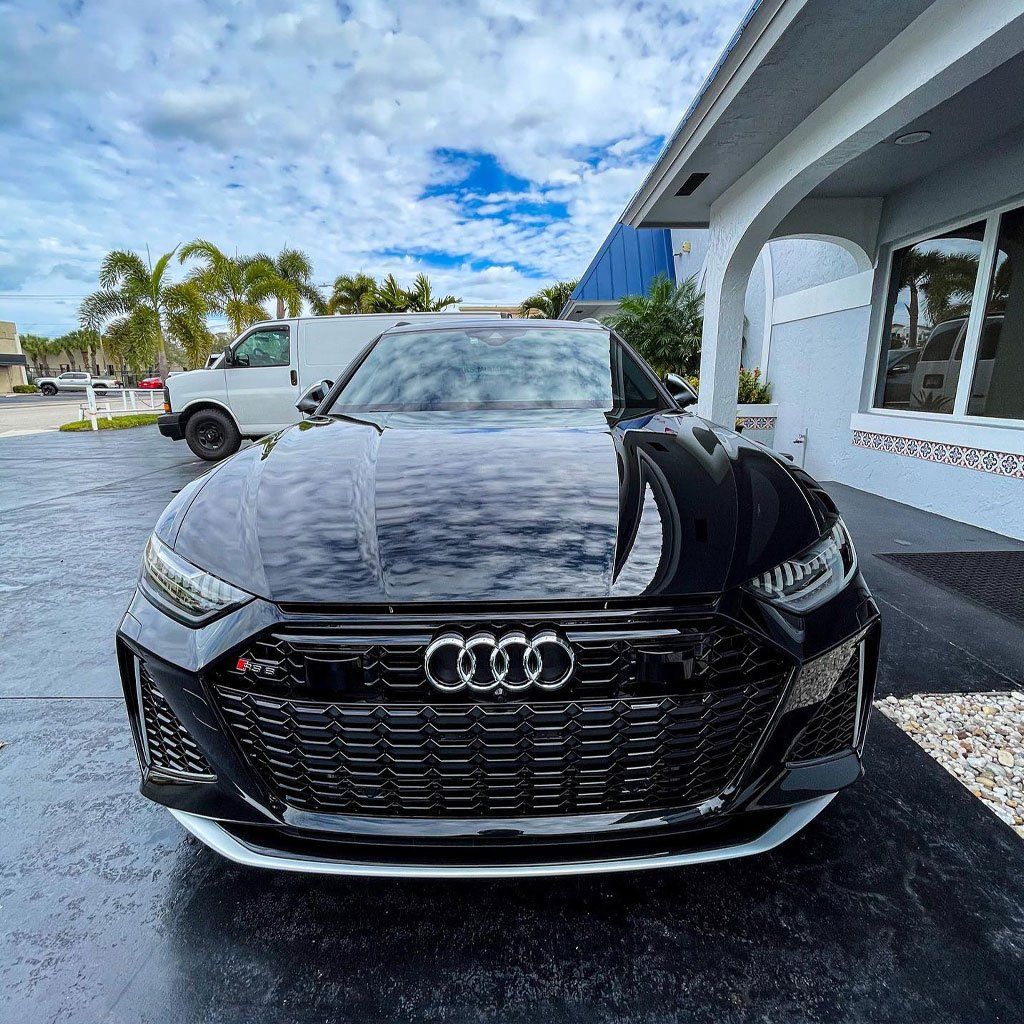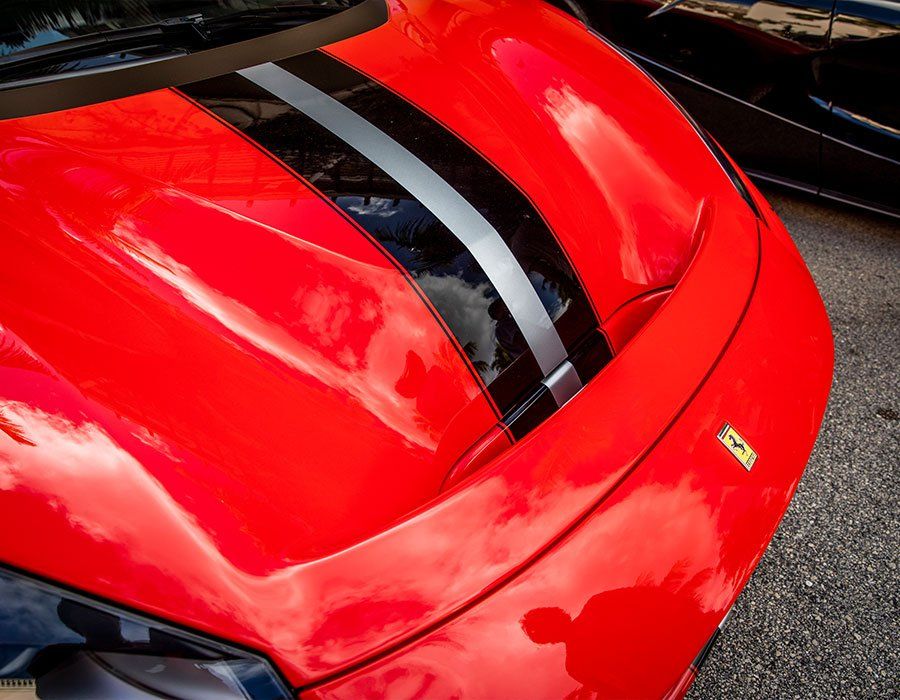Top 5 Reasons to Invest in PPF for Your Vehicle: Benefits and Protection
Picture driving down an open highway, confident that your vehicle's sleek exterior remains untouched by road debris or minor scrapes at the local meet-ups. Every car enthusiast knows that maintaining a car’s impeccable look is challenging yet essential. However, everyday elements like gravel or unexpected bumps can quickly mar that flawless finish you worked so hard to preserve. That’s where paint protection film comes into play.
Investing in a paint protection film for your vehicle provides comprehensive protection against environmental threats, such as UV exposure, road debris, and bird droppings, preserving its exterior condition and minimizing long-term maintenance costs. Additionally, professional installations often come with warranties, offering an extra layer of security to protect your investment.
Why Invest in PPF for Your Vehicle?
Imagine your vehicle's paint as a shield, safeguarding the metal beneath from damage and decay. Over time, this shield can wear down under constant assault from the elements, UV rays, rocks, and other road debris. Paint protection film acts as transparent armor for your car, effectively shielding it from these threats. Think of it as a force field that maintains your paint's luster while withstanding the rigors of everyday driving. To put it simply, a paint protection film safeguards your car against damage caused by environmental factors such as UV exposure, road debris, bird droppings, tree sap, and even minor scratches. It acts as an invisible barrier, ensuring that your vehicle's exterior stays free from blemishes that can detract from its overall quality. Not only does it prevent unsightly dents and scratches, but it also minimizes maintenance costs associated with repairing these issues.
Investing in a paint protection film isn't just about preserving the aesthetic appeal of your vehicle; it is a strategic choice to minimize long-term maintenance costs and ensure peace of mind. The benefits of paint protection films are backed by industry studies that reveal vehicles equipped with this protective film show 30% fewer visible paint imperfections over five years compared to those without it. This means that choosing to invest in PPF could potentially save you from costly repairs down the line. Consider this scenario: You're driving on the highway when a loose stone chips at your car's paintwork. Without a paint protection film, you'd likely be facing an expensive repair to fix the damage. However, if your car was protected by a paint protection film, it would have absorbed the impact, leaving your paint unscathed. It's these little incidents that add up over time and contribute to a decrease in visible imperfections on PPF-equipped vehicles.
The evidence is clear: investing in a high-quality paint protection film for your vehicle offers comprehensive protection against a wide range of potential threats, ensuring that both its aesthetic appeal and functional integrity remain intact for years to come.
Protection from Scratches and Dents
Your car faces numerous threats daily—gravel, road debris, and minor bumps can all lead to unsightly scratches and dents on your vehicle. Without protection, your car's paint will take the hit, resulting in costly repairs and diminished appearance. Imagine driving on a gravel road, kicking up rocks and debris that ricochet off your car like tiny bullets. These impacts can leave noticeable blemishes on your vehicle, hard to fix without professional assistance. Fortunately, a paint protection film acts as an invisible shield, absorbing these impacts and sparing your car from potential damages. Think of it as armor for your car, safeguarding its exterior against the wear and tear of daily life. A paint protection film shields your vehicle from minor dents and scrapes, ensuring that even everyday mishaps won't leave a lasting mark on its appearance.
For instance, imagine parking your car in a tight spot only to discover a small dent or scratch. With a paint protection film in place, such incidents are less likely to result in permanent damage, giving you peace of mind knowing that your vehicle is consistently shielded from these common nuisances. Paint protection films’ ability to absorb impacts shields your vehicle from everyday hazards like gravel and road debris, significantly reducing the risk of unsightly scratches and dents. The added layer of protection not only preserves the pristine look of your car but also saves you from costly repair expenses caused by minor damages.
Reducing Repair and Maintenance Costs
Investing in a paint protection film gives you an edge in reducing long-term repair and maintenance expenses. Without a paint protection film, even minor scratches on your car's paint job can lead to expensive touch-up jobs or, worse, complete panel repaints, putting a dent in your wallet over time. Let's say you own a small family car that you frequently use for daily commutes. The wear and tear of regular driving inevitably leads to scratches and paint chips. Without a paint protection film, these seemingly minor issues would require expensive repairs over time. However, by adding a paint protection film to your vehicle, you effectively minimize the need for costly cosmetic fixes. By minimizing the need for frequent cosmetic repairs and keeping your vehicle looking fresh for longer periods, paint protection film presents itself as a strategic choice for preserving the value of your investment.
Enhancing Resale Value
When selling or trading in your vehicle, one key factor that significantly impacts the buyer's perception and their willingness to pay a premium is the appearance of the car. Used car buyers prioritize well-maintained exteriors, and this is where paint protection film comes into play. A paint protection film creates a strong shield against road debris, UV rays, and other environmental damage, preserving the original paint and appearance of the vehicle. The flawless exterior due to PPF protection can command higher prices in the used car market, as it indicates meticulous care and maintenance. In fact, cars with paint protection film can see an increase in resale value of up to 10%. This means that if you decide to sell or trade in your car in the future, having a paint protection film installed can directly translate into better financial returns.
Additionally, showcasing a vehicle with pristine paintwork due to PPF protection not only attracts attention but also conveys a message of meticulous care and attention to detail. Prospective buyers are more likely to be impressed by a well-protected exterior, which can sway their perceptions positively and create a willingness to pay a premium for the vehicle. Cars with paint protection film tend to garner a reputation for being well-maintained and cared for. This market perception contributes significantly to enhancing the vehicle's appeal to potential buyers, solidifying its value proposition over comparable vehicles that lack such protective measures.
Investing in paint protection film not only protects your vehicle from physical damage but also unequivocally impacts its resale value. Showcasing an immaculate exterior aided by paint protection film safeguards your car while setting the stage for higher financial returns and increased market desirability down the road.
Shielding Against Environmental Damage
Picture this: You step outside to find a bright, sunny day—warm sunlight beaming down on your car. It sounds idyllic, doesn't it? But here's what many people don't realize: that same sunlight can harm your car's paint over time. UV rays can wreak havoc on your car’s paint job, causing it to fade and lose its luster. When birds do what they do best and leave droppings on your car and trees decide to shed their sticky sap, these substances can etch into the paint and cause permanent damage. A paint protection film is like a force field for your car's paint. It acts as a barrier, ensuring that damaging elements in the environment—like UV rays, bird droppings, and tree sap—do not reach the vulnerable layer of your vehicle's paint.
Enjoying Peace of Mind
Picture this: you're driving down the road, wind in your hair, and not a single worry about potential damage to your car's pristine exterior. That's what owning a vehicle protected by paint protection film can offer—a sense of security that lets you relish every drive without fretting over small rocks or debris chipping your paint. Imagine cruising past construction zones, unperturbed by the sight of loose gravel flying up at your car, knowing that your paint protection film is acting as an invisible armor, shielding your vehicle and preserving its flawless finish. This sense of assurance can transform each drive into an enjoyable experience, free from the constant anxiety about maintaining your car's appearance.
Most reputable paint protection film products come with warranty coverage ranging from 5 to 10 years. This means that any issues like yellowing or peeling are handled professionally. In other words, you're not just investing in protection for your car—you're also investing in peace of mind. For instance, if you notice a minor imperfection in the film, you can rest assured that it will be addressed promptly under the warranty, providing an additional layer of security for your valuable investment. This level of reassurance alleviates concerns about unexpected maintenance costs and reinforces the long-term value of opting for paint protection film.
PPF offers more than just surface-level protection; it grants drivers the freedom to enjoy their vehicle without constantly worrying about exterior damage. With warranty coverage adding an extra layer of security, investing in a paint protection film not only safeguards your vehicle but also bolsters your peace of mind on every journey. Cheers to embracing worry-free journeys!
Leading PPF Solutions in Fort Lauderdale, FL
Protect your vehicle with Detail Geeks' exceptional paint protection film solutions in Fort Lauderdale, FL. Our expert team is dedicated to ensuring your car stays shielded from scratches, chips, and harmful UV rays, all while enhancing its appearance. Experience the difference between high-quality materials and professional installation. Don't wait until it's too late—reach out today to safeguard your investment and keep your car looking pristine for years to come! Call us at (305) 896-2430 to get started!
Detail Geeks Blog
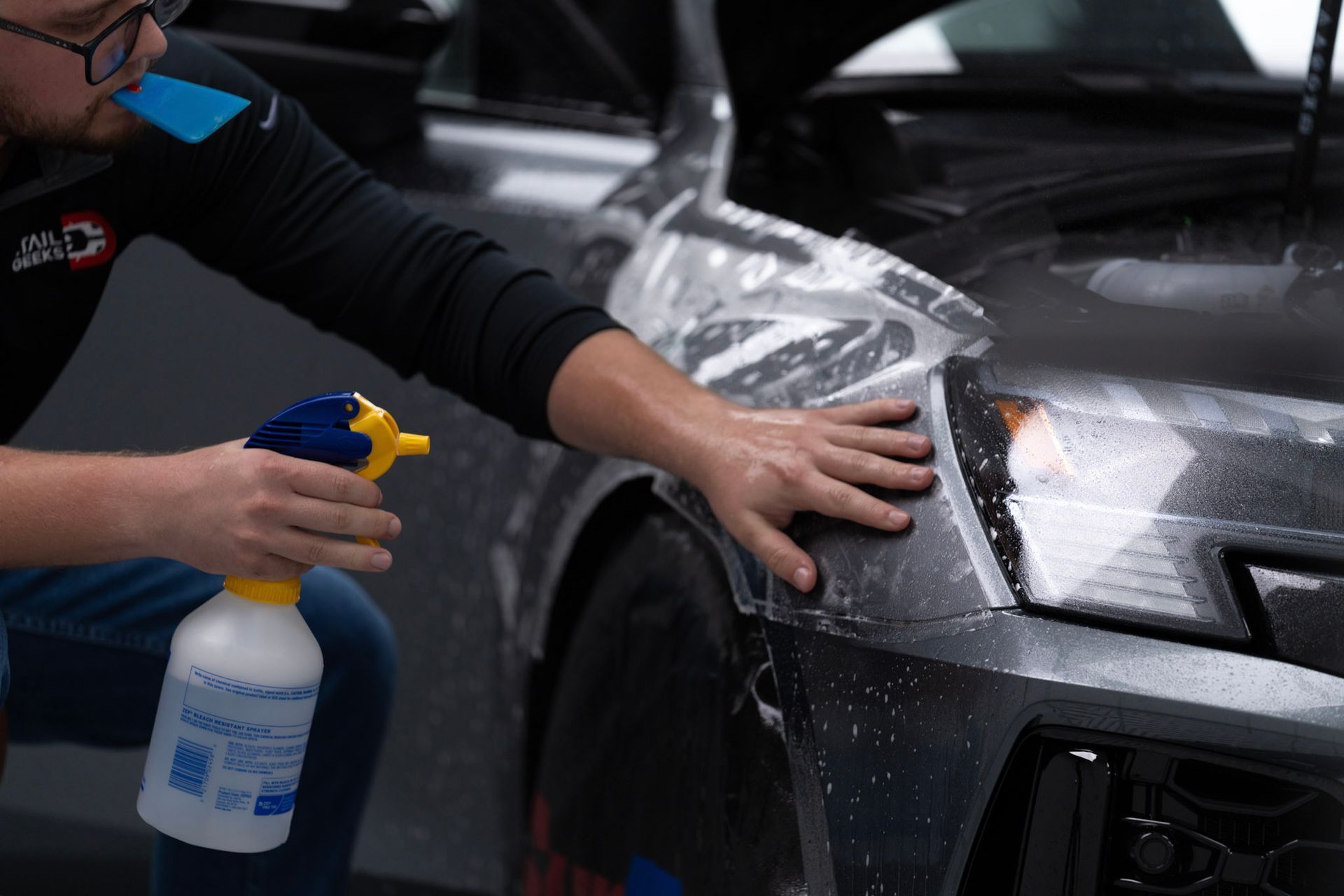
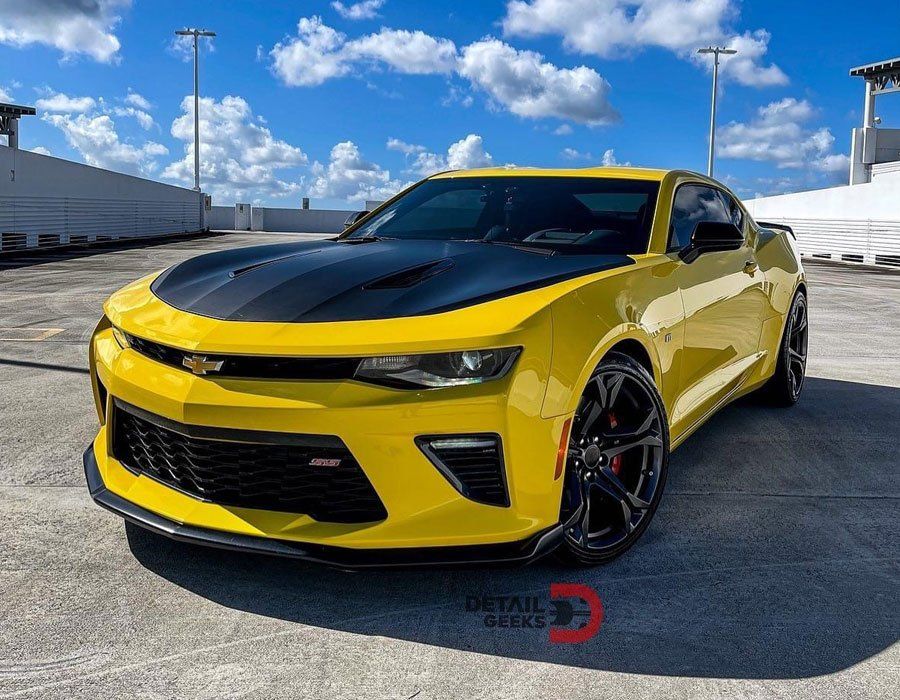
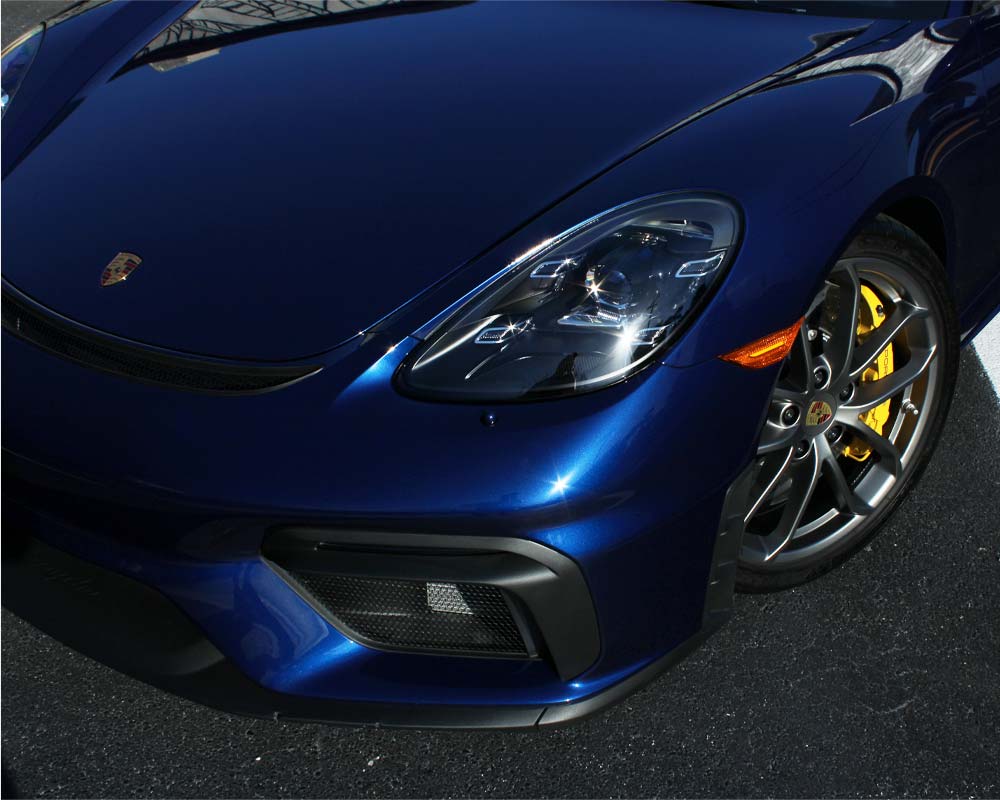
Detail Geeks is a fully-licensed and highly professional automotive and marine detailing shop based in Fort Lauderdale, Florida. We work tirelessly to bring paint perfection, restorative surface corrections, and complete sanitation and decontamination of interior and exterior surfaces of cars, trucks, SUVs, and recreational water crafts like boats and jetskis. Always aiming to exceed your expectations as our valued customer is priority to us, and you can rest easy knowing your vehicle is always in good hands.
Quick Links
Our Location
3472 NE 5th Ave, Unit 11 Oakland Park, FL 33334 United States
Connect With Us
PHONE: (305) 896-2430
EMAIL: business@detailgeeks.com
This website was designed by the team at
Detailers Roadmap, a platform developed for detailing operators across the globe.
Terms of Service
|
Privacy Policy
All Rights Reserved | 8bitcreative, LLC | Detail Geeks

